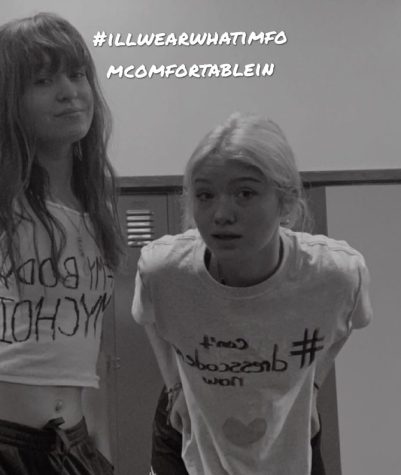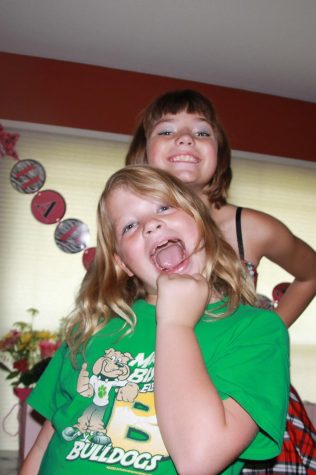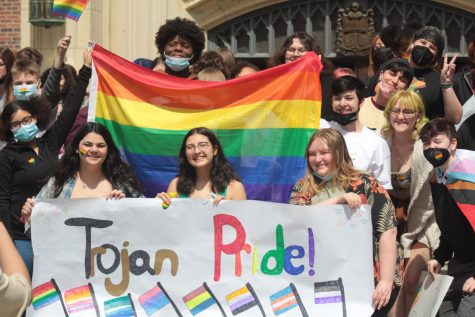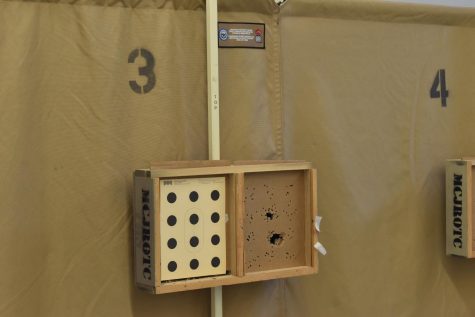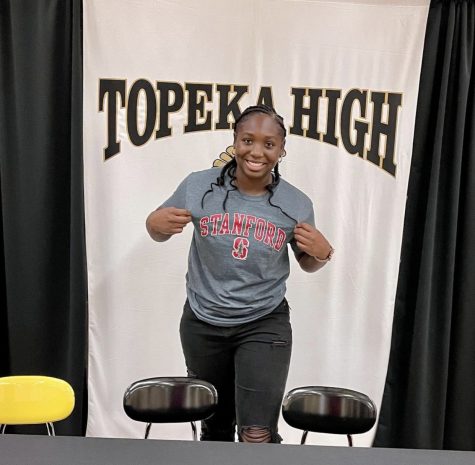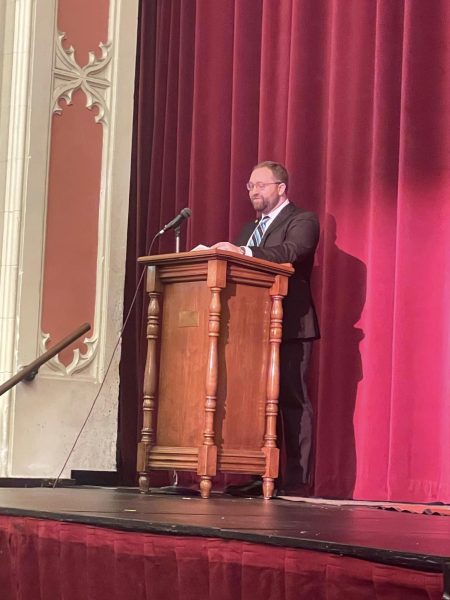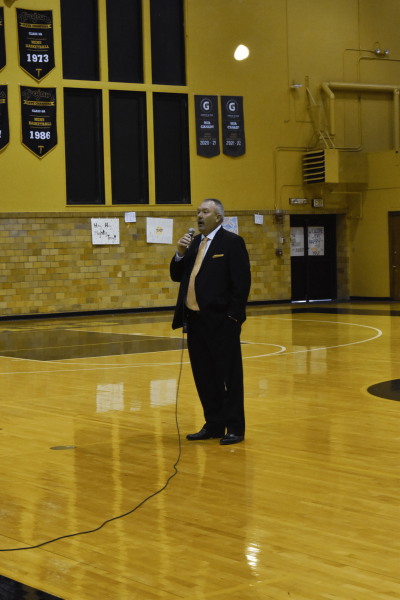Trends Change, Why Not Dress Codes?
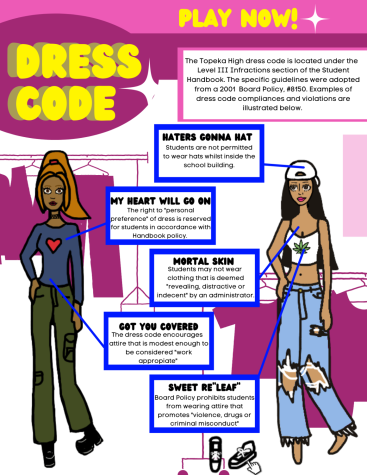
On her first day of freshman year, Sage Murphy walked excitedly through the doors of Topeka High, and then she was immediately dress coded.
“It was my first day,” she said, “so I was confused.”
Now a sophomore, Murphy has been dress coded dozens of times; with each time filling her with more discontent. In her eyes, these frequent violations represent a major issue with an antiquated school policy. With no plans to adhere to the rules, Murphy continues to wear what she wants, despite restrictions from school administrators.
“I don’t care. If my body is that offensive to you . . . then you have a bit of a problem.”
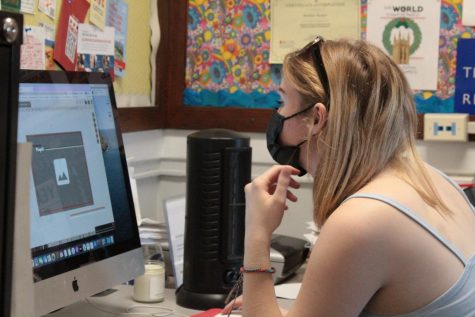
The resounding opinion among students is that the school dress code enforces an outdated standard of attire that is administered both infrequently and confusingly. This is partly due to the actual wording of the dress code. The official Topeka High dress code is located in the student handbook. Subpoint B provides the broadest and most applicable standard of dress by prohibiting clothing that is “unsanitary, revealing, distractive or indecent to the extent that it interferes with the learning and teaching process.”
Rebecca Morrisey, Topeka High principal, argues the dress code is necessary for life beyond high school.
“We’re working on attire that is appropriate here,” she said, “Everything we do is really an effort to prepare you [students] for the next level.”
This contention appears to be the justification behind most instances of dress coding, which calls into question the limits of interpretation and enforcement when it comes to school policy. Being adopted in accordance with School Board Policy #8150, the dress code allows clothing to be prohibited if “in the opinion of a building administrator” it violates a dress code rule. This means apparel that is classified as “revealing” or “distractive” is entirely dependent on the personal opinion of school administrators. In the event that a student is dress coded by an administrator’s discretion, they can be asked to leave school in order to change, even without clear grounds as to why.
Ella Abbey, a senior, was dress coded this year, right as she entered the building.
“They said, ‘Ma’am, do we have something we can cover up with?’”
Without providing a specific reason as to why her outfit violated the dress code, Abbey was then asked to return to her car to retrieve a jacket.
“It made me feel like I was an object, instead of a person,” Abbey said.

In the past year, tensions surrounding the dress code have exploded. Students, especially those who are female-identifying, have expressed that the dress code unfairly polices their bodies.
“I think there’s always a certain dynamic of tension between teenagers and authority,” Morrisey said, “but hey, dress codes exist all over the place.”
Despite assurances from district officials, many students feel that there needs to be more justification for why the dress code is needed in a modern school environment.
School Board Policy #8150, which the Topeka High dress code is adapted from, was enacted in 2001. Since then, clothing trends have undoubtedly changed, whereas the dress code has not. While no plans to amend or discard the dress code have been announced, students at Topeka High have remained steadfast in their fight against it.
